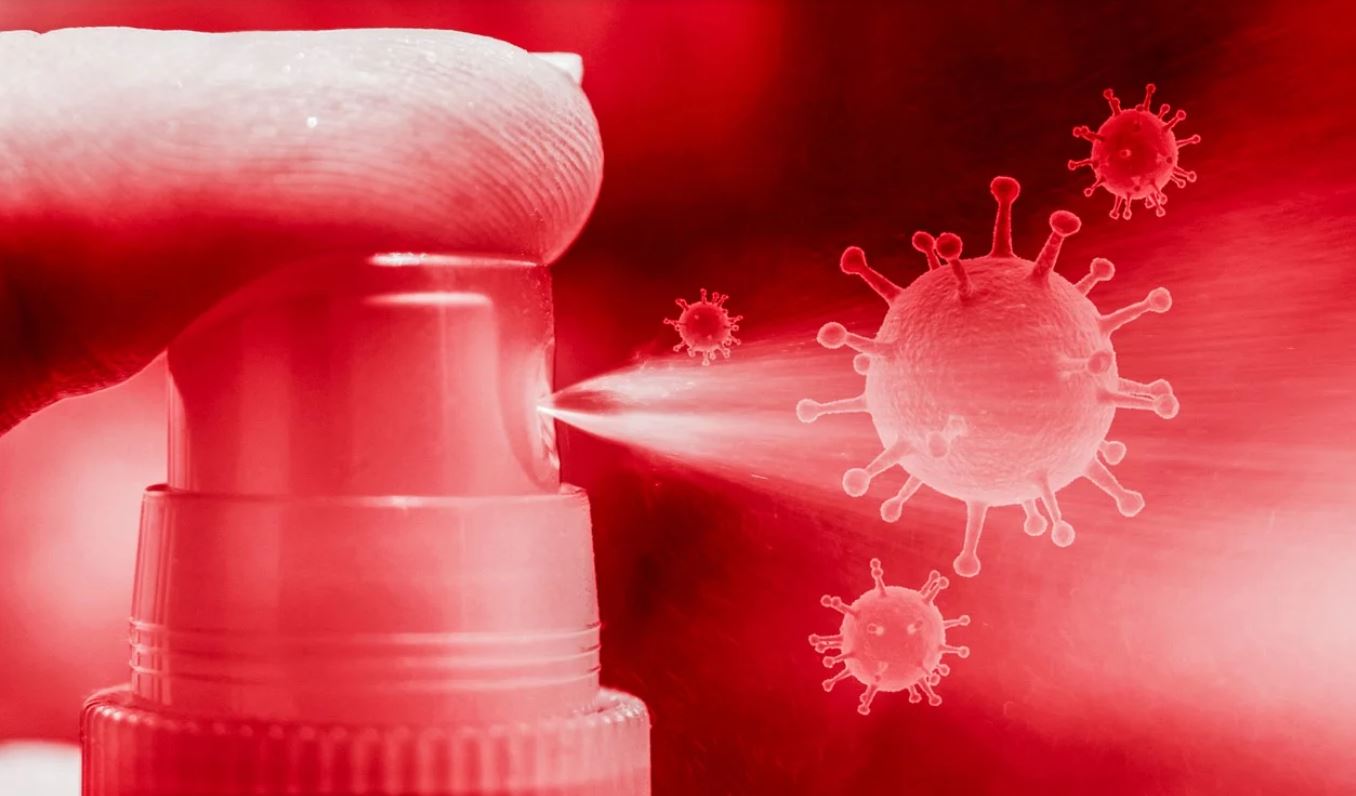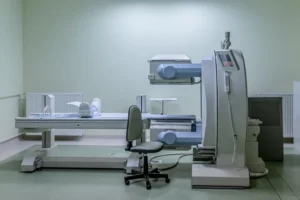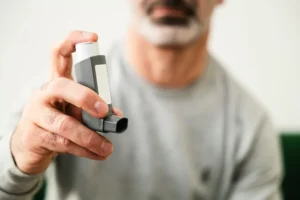How Long Does COVID-19 Virus Last on Surfaces?
- Updated on: Jun 29, 2024
- 3 min Read
- Published on Apr 28, 2020

COVID-19 is an emerging and rapidly increasing situation. It has created a public health risk worldwide. Different parts of the world are currently facing illness effects due to COVID-19.
COVID-19 risk depends on the characteristics of the virus and how it spreads to others. Research is going on in several research labs and in several countries to understand the behavior of the virus and its transmission better.
There is a general feeling of fear among people about how long the COVID-19 virus is stable on surfaces and environment.
How Long Does Coronavirus Last on Surfaces?
COVID-19 can last for several hours to days in aerosols and on surfaces, according to a recent study from National Institutes of Health, published in The New England Journal of Medicine.
The researchers have found that COVID-19 was present in:
- Aerosols – lasts for 2-3 days
- Cardboard – lasts up to 24 hours
- Plastic and stainless steel – last up to 3 days
These results provide crucial information about the stability of SARS-CoV-2 or COVID-19 virus, which causes COVID-19 disease, and suggests that people may acquire coronavirus through air droplets and after touching contaminated objects.
Coronaviruses Spread: Is it Safe to Open Postal Mails?
Knowing Stability of COVID-19 on Various Surfaces
The research attempted to mimic the virus that gets deposited from an infected person onto everyday surfaces in a household or hospital setting, such as through coughing or touching objects. The researchers then investigated for how long the virus remained infectious on these surfaces.
Although there is no evidence of COVID-19 viability exposure to heat or cold, but the New England Journal of Medicine study was performed at about room temperatures 21-23 degree Celsius.
The researchers highlighted some additional observations and research questions from the study as follows:
- If the viability of the two coronaviruses SARS-CoV-1 and SARS-CoV-2 is similar, why do SARS-CoV-2 (also known as COVID-19 virus) results in more cases?
Studies have proved that the stability of COVID-19 virus is similar to SARS-CoV-1 which caused global outbreak in 2002-2003. Emerging evidences have reported that people infected with COVID-19 might be spreading the virus without recognizing symptoms (asymptomatic), or prior to recognizing, symptoms. This would lead to disease control measures that were effective against SARS-CoV-1 less effective for COVD-19 virus.
- As compared to SARS-CoV-1 cases, most secondary cases of virus transmission of COVID-19 appear to be occurring in community settings rather than healthcare settings. However, healthcare settings are also prone to the introduction and spread of COVID-19 and the stability of COVID-19 in aerosols and on surfaces likely contribute to transmission of the virus in healthcare settings.
What Does Novel Coronavirus Look Like?
How Can I Protect Myself Knowing That COVID-19 Lives on Surfaces?
These findings affirm the guidance from public health professionals to take precautions similar to those for influenza and other respiratory viruses to prevent the spread of COVID-19:
- Avoid close contact with sick people. This is the primary step which can be taken by any individual.
- Avoid touching eyes, nose, and mouth.
- Avoid outside work when you are sick and stay at home.
- Whenever you are coughing or sneezing, cover it with a tissue and throw it in a trash.
- Clean and disinfect frequently touched surfaces and objects like tables, handles, desks, phones, keyboards, toilets and sinks by using a regular household cleaning spray or wipe. Maintain hygiene as much as you can.
Other Trusted Material on Coronavirus and COVID-19
FAQs
Am I at risk if I touched a person who has passed away due to COVID-19 infection?
It has not been investigated that if a person is touching a dead body of COVID-19 patient, then touching their own mouth, nose, or possibly their eyes, can infect this person too with the virus. While this might happen, but this is not the main way the virus spreads.
Can a person test negative and later test positive for COVID-19?
Yes, it is possible that a person who was found negative first, may be tested positive later. This is because, in the early stages of COVID-19 infection, the virus is not detectable.
Who is at a higher risk of COVID-19 infection?
Old people and adults of any age who are having serious medical conditions such as diabetes, lung disease and heart diseases are at higher risk of developing more serious complications from COVID-19. They should be taken care of well and should also avoid going outside. It will be good if they stay at home and be sanitized.












